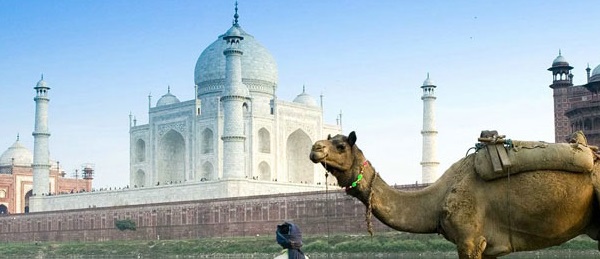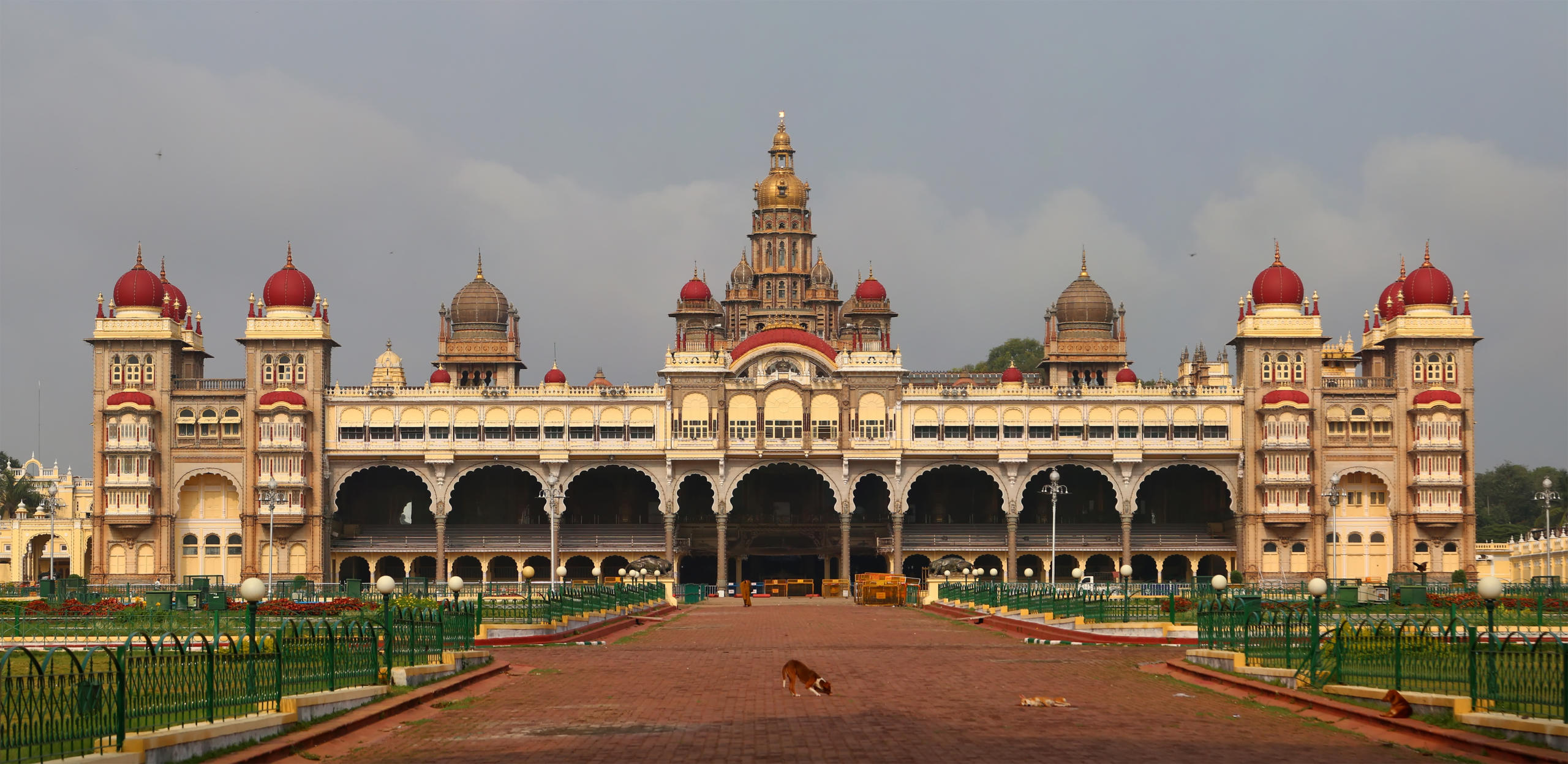Haryana – The Abode of God

The State of Haryana came into existence in 1966 when it was carved out of Punjab and 1st November is called Haryana day. The capital of both Haryana and Punjab is Chandigarh, a delightful planned city, designed by the French architect Le Corbusier, which has many places of tourist interest. Haryana ranks as one of India’s most prosperous states.
Haryana is an ancient land and archaeological digs in many places have unearthed evidence of pre-Harappan and Harappan culture. It was claimed that Rishi Vyas wrote the Mahabharata here. The legendary battle described in the Mahabharata was fought on the fields of Kurukshetra.
The region has witnessed many successive invasions from the North. The Huns, the Turks, and the Afghans invaded India through this area. King Harshvardhan became ruler of Thanesar (Kurukshetra) in the 7th Century AD and later ruled most of Northern India. The first battle of Panipat was fought here when the Mughals defeated the Lodhis in1526. Babur, a descendant of Timur and Genghis Khan, rode in with infantry and cavalry of 25,000 soldiers from Samarqand and defeated Sultan Ibrahim Lodhi of Delhi in this historic battle.
The Sultan of Delhi was defeated despite his army numbering 100,000 soldiers. This was the first battle in which artillery was put to such effective use to win against vastly superior numbers. The battle led to the establishment of the Mughal rule in India, a period that saw the construction of many forts and architectural wonders including the Taj Mahal. 30 years later, in 1556, a second battle was fought in the plains near Panipat, a battle that firmly established the Mughals as rulers of North India. Hemachandra the King of Delhi was defeated by Akbar’s armies in this battle.
In fact, Panipat was witness to the 3rd battle in 1761 when the Marathas, who were then ruling the area, were defeated in battle by Ahmed Shah Durrani from Afghanistan. This battle marked the end of the period of Maratha’s rule. The period thereafter saw the advent of British rule in India.

Fast Facts :
-
Area: 44212 Sq. Km
-
Capital: Chandigarh
-
Languages: Hindi, Haryanvi, and Punjabi
-
Religion: Hindus (34.46%), Sikhs (62.95%), others (2.59%)
-
Literacy rate: 57.14%
-
Best Time To Visit: October To March
-
State Emblem: Ashoka lions, lotus, the sun rising over water, and ears of wheat

-
State Animal: Blackbuck antelope (Antilope cervicapra)
-
State Bird: Black francolin (Francolinus francolinus)
-
State Tree: Pipal (Ficus religiosa)
-
State Flower: Lotus (Nelumbo nucifera)
- Culture and Tradition of Haryana
Tourist Attractions of Haryana :
Ambala

In 1859 Ambala became the headquarters of a district and division formed under the Punjab administration. It still maintains its dual status. It is famous for its army cantonment, air force base, and railway junction. Ambala district is now famous for its industries especially that of scientific instruments, metal casting, and kitchen mixer grinders.
Faridabad
Faridabad is a southeastern town in the state of Haryana founded in 1607 AD. Faridabad city is the most populated and most industrialized in the whole of Haryana. The district headquarter is situated in Faridabad city. Faridabad alone is generating about 60% of the revenues of Haryana with its large number of industrial units. There is a belief that it was Baba Farid, an eminent Sufi saint, who founded Faridabad.
Gurugram

Gurugram was earlier known as Gurgaon and the district headquarter is situated in Gurgaon city. Gurugram has become one of the most important corporate and industrial hubs of Haryana. Gurgaon also was known as ‘Guru Gram’ or ‘Guru Gaon’ ( village of the spiritual teacher) was named after Dronacharya, a character in the Epic Mahabharata. It is said that Guru Dronacharya of the Pandavas and the Kauravas gave spiritual instructions to them at this place. The office and manufacturing plant of India’s largest carmaker Maruti Udyog Limited is situated here as are a large number of other industries. Another area in which Gurgaon is excelling is the IT industry and software development. Real estate is booming here with new buildings coming up at an astronomical pace.
Hissar
Hissar was the biggest district in Haryana. It has now been split into three – the new districts being Bhiwani and Sirsa. The district has made striking progress during the last few years both in agriculture and industry. The Haryana Agricultural University and the Government Livestock farm (biggest in Asia) are located here. Hissar is now the headquarters of the second division in Haryana.
Kurukshetra

Kurukshetra is the holy pilgrimage in which 360 places of pilgrimage related to the Mahabharata can be seen. It is one of those holy towns that have borne the imprint of Lord Krishna’s footsteps. Tradition holds that the great 18-day battle between the Pandavas and Kauravas in which Lord Krishna played his enigmatic part, as described in the pages of the epic Mahabharata, was fought on the plains of Kurukshetra. Kurukshetra lies on the Delhi-Ambala stretch of National Highway number 1. It has a population of 6.41 lakhs.
Panchkula

The recently formed 17th district of Haryana, Panchkula is surrounded by Himachal Pradesh in the north and northeast by the Ambala district in the east Kurukshetra district in the south, and Punjab and Union Territory of Chandigarh in the West.
Getting There :
-
By Air: The Nearest airport is in the capital Chandigarh. Indian Airlines connect Chandigarh with Delhi, Jammu, Srinagar, and Leh. Vayudoot Services connect Chandigarh with Delhi, Kulu, and Gaggad.
-
By Rail: Chandigarh, the terminus of the Northern Railway, is connected with Bombay, Delhi, Kalka, and other major cities in India.
-
By Road: Chandigarh is connected by good motorable roads with Amritsar 240 km, Dehradun 230 km, Delhi 248 km, Shimla 117 km, Kulu 279 km, Bhakra 116 km, Kasauli 77 km, Jammu 380 km, Pathankot, etc. There are regular bus services between these places.







